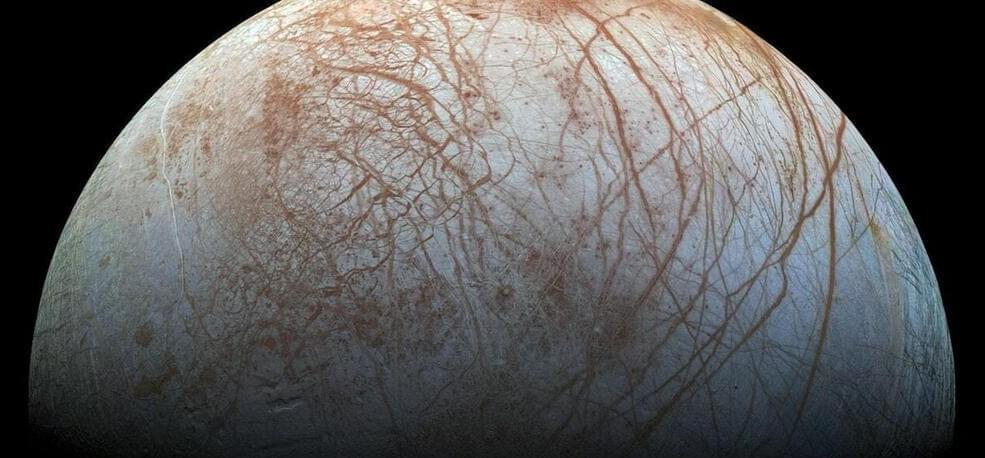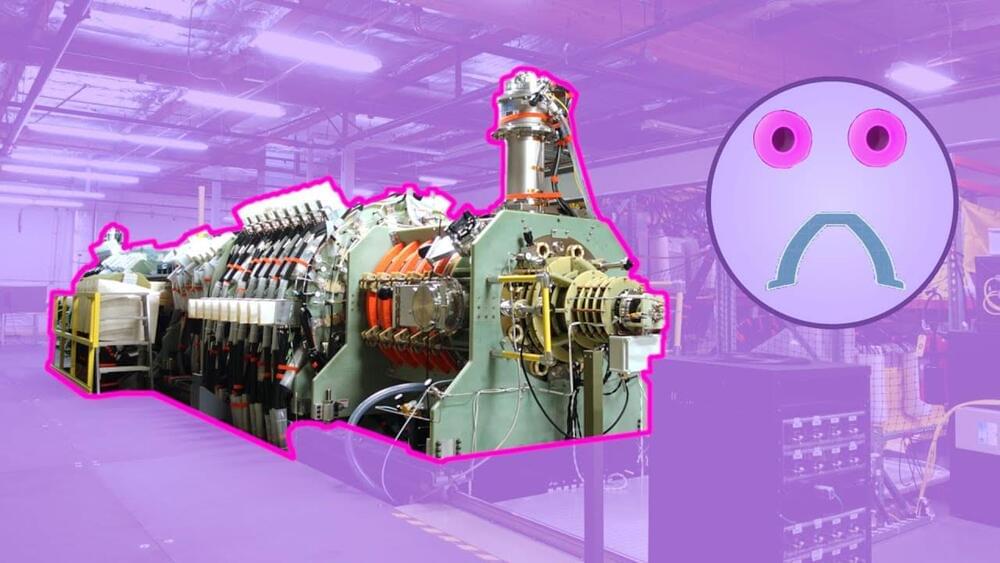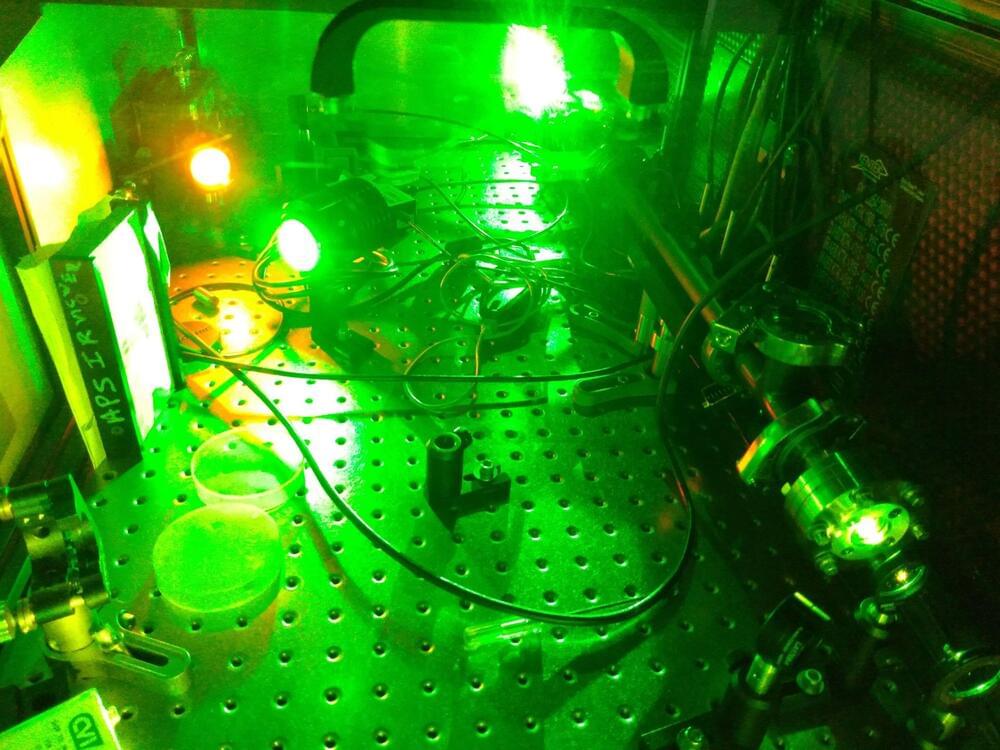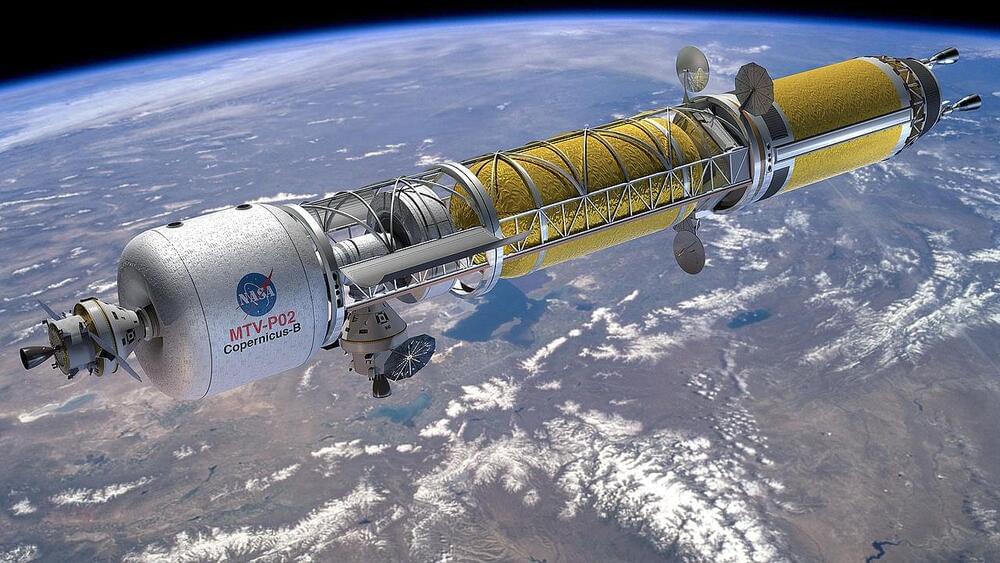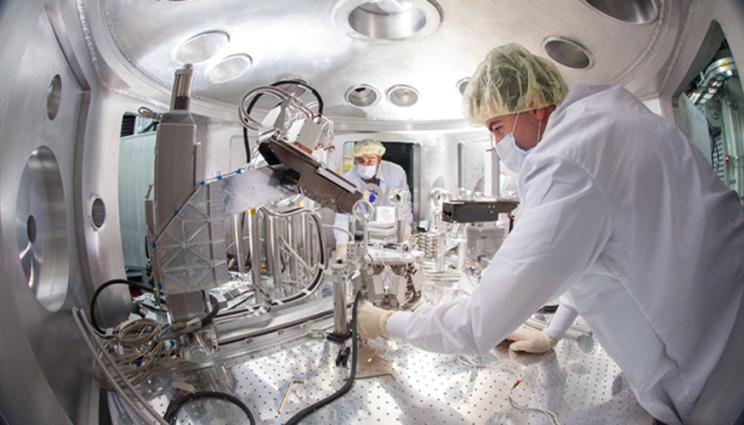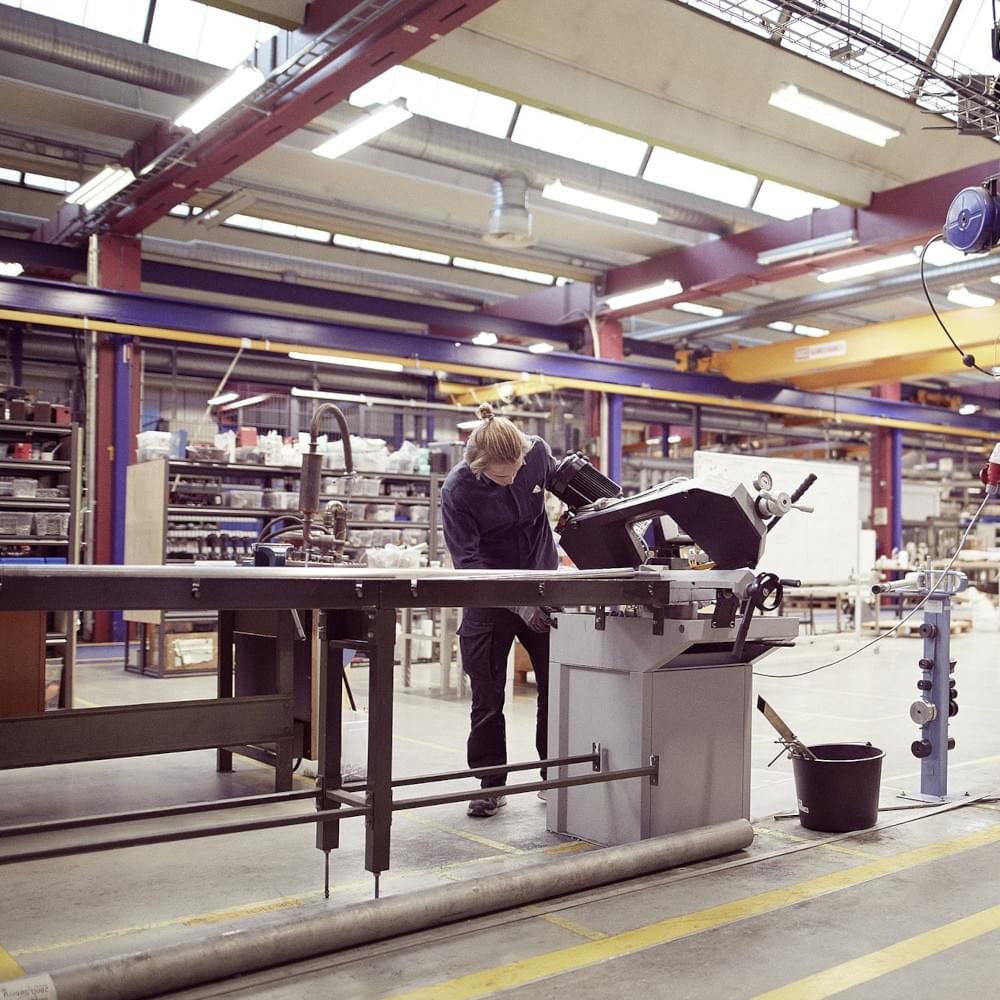
UK Atomics, a subsidiary of the company applied to the UK Department for Business, Energy and Industrial Strategy (BEIS) for a GDA by the Office for Nuclear Regulation (ONR) and the Environment Agency (EA). This assessment aims to assess the safety, security, and environmental protection aspects of any nuclear power plant design that is intended to be deployed in the UK.
In May 2021, BEIS opened the GDA process to advanced nuclear technologies, including small modular reactors (SMRs). Successful completion of the GDA culminates in the issue of a Design Acceptance Confirmation from the ONR and a Statement of Design Acceptability from the EA. Rolls-Royce SMR was the first vendor to submit an application for a GDA of an SMR design. Its 470 MWe pressurised water reactor design was accepted for review in March 2022. In December, GE Hitachi Nuclear Energy submitted a GDA entry application for its BWRX-300 SMR, and Holtec International has stated its intention to submit an application for its SMR-160 design.
UK Atomics molten salt reactor design uses unpressurised heavy water as a moderator, while the reactor is intended to burn nuclear waste while breeding new fuel from thorium. The company says, with an output of 100 MWt, it is small enough to allow for mass manufacturing and assembly line production.
